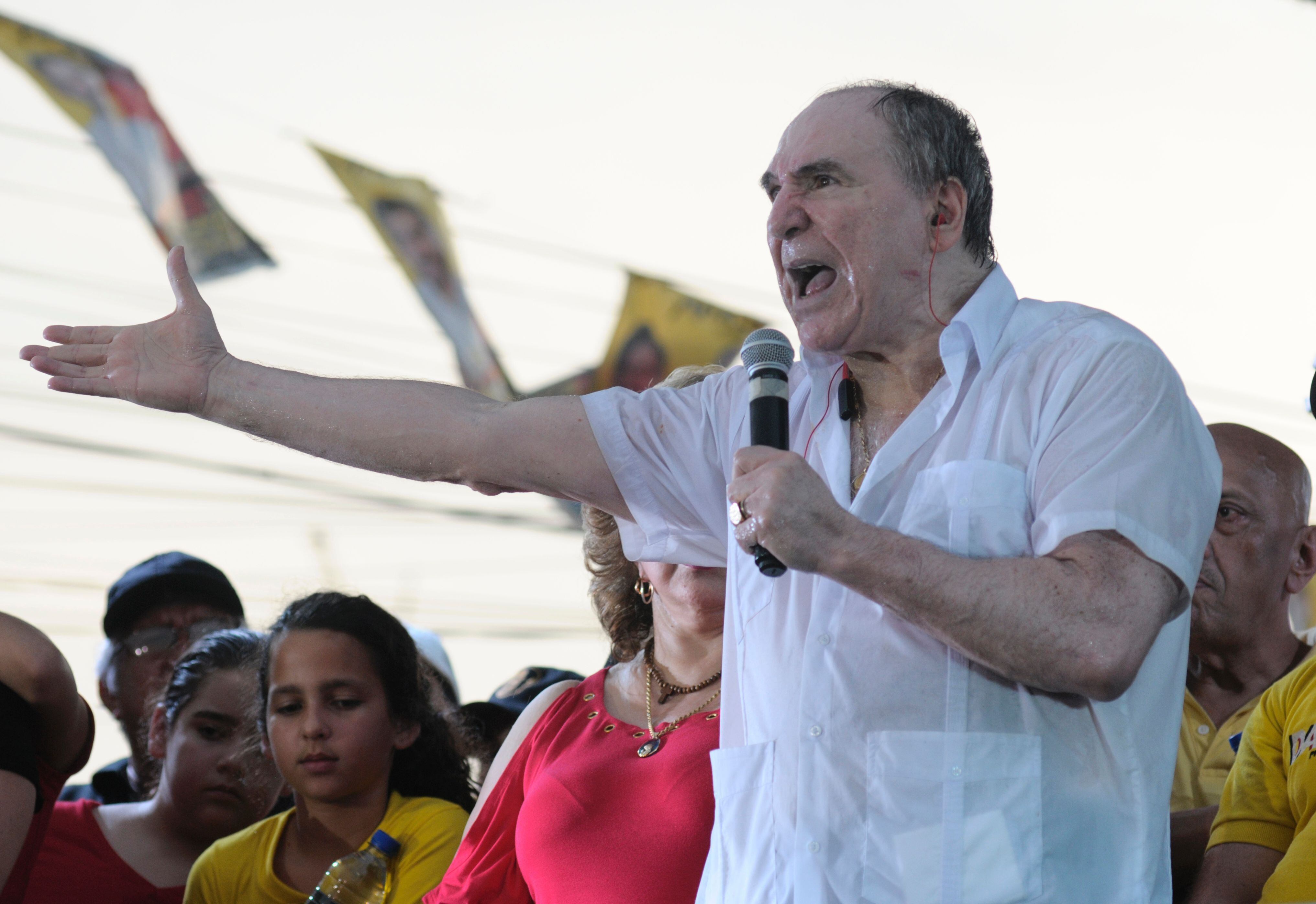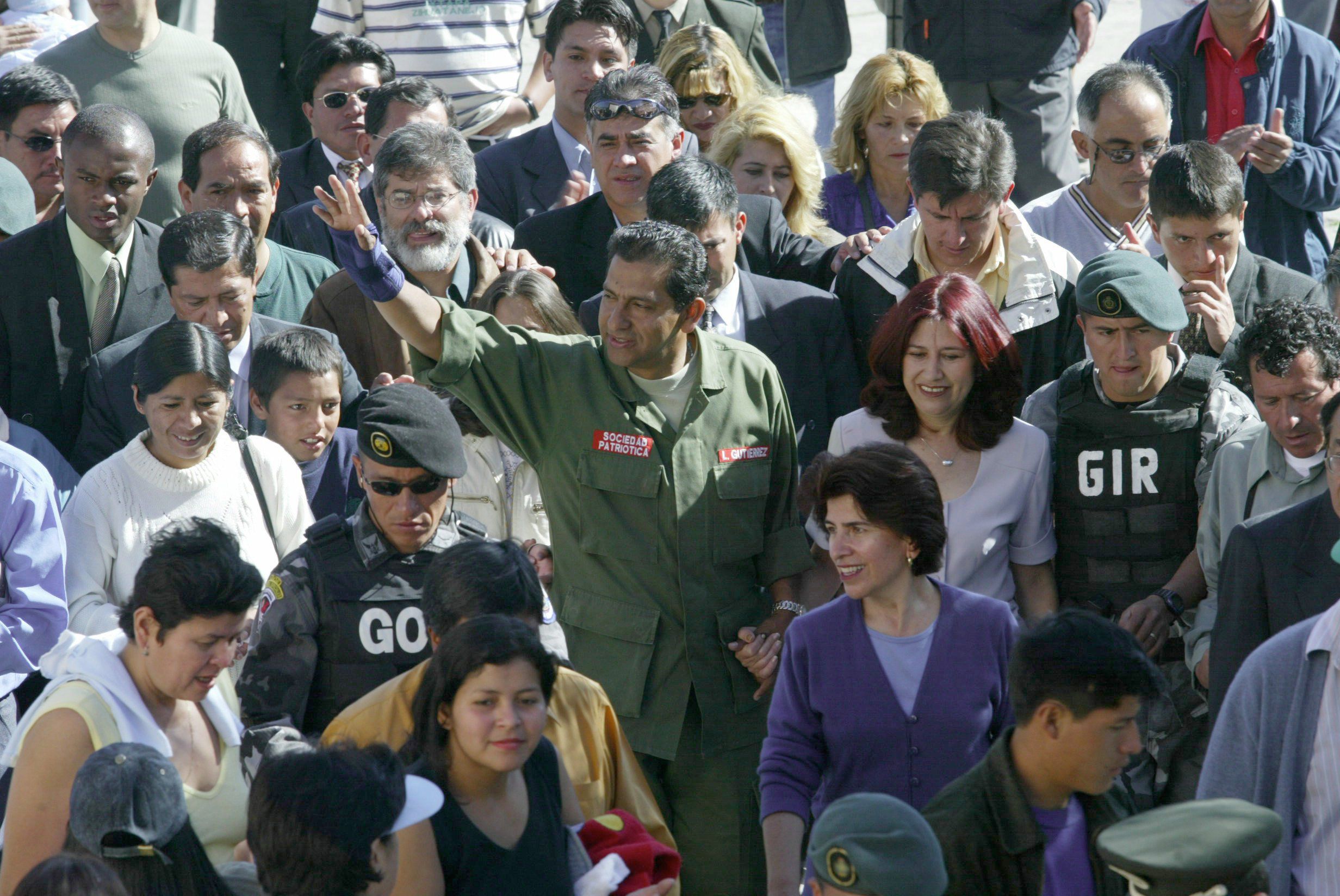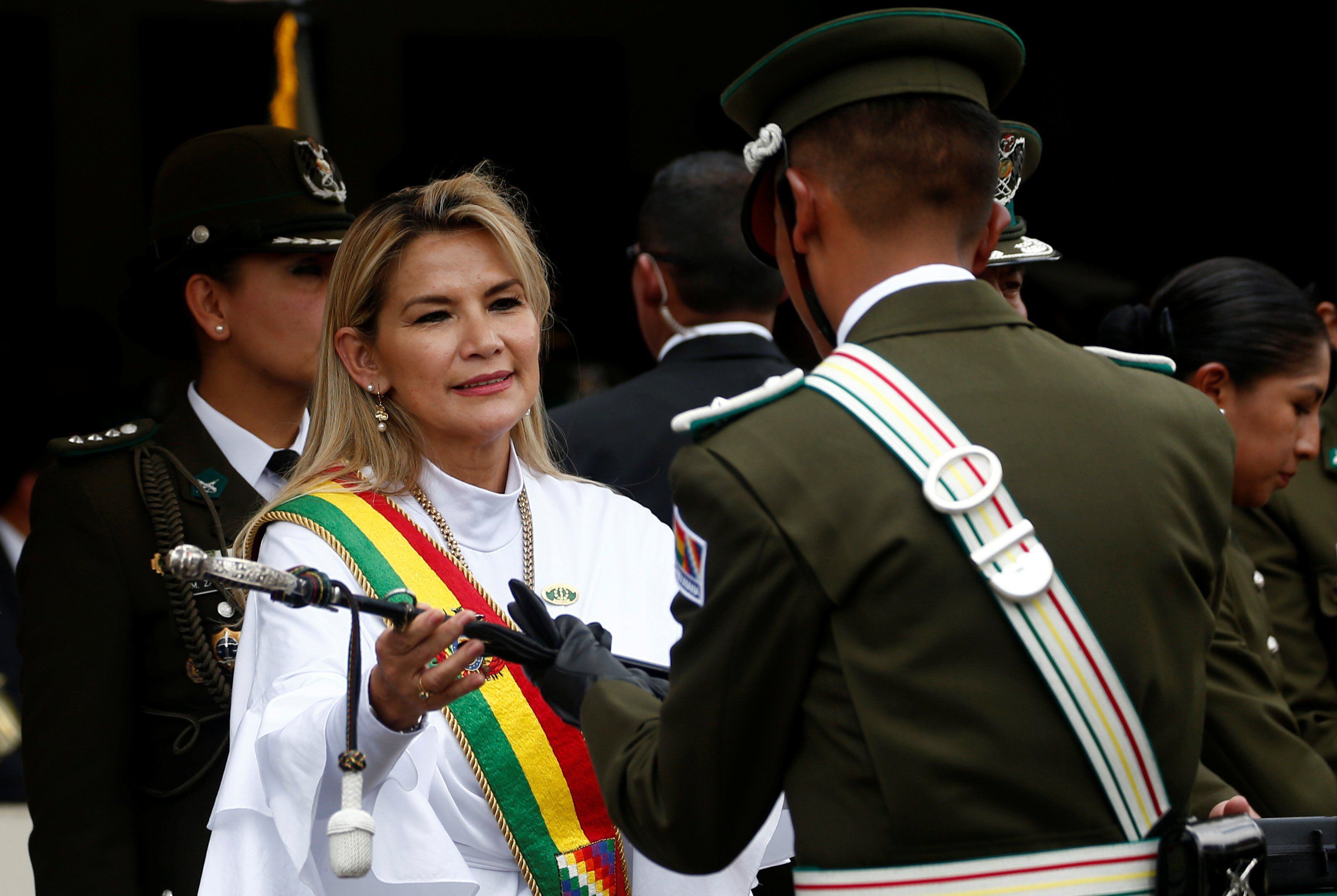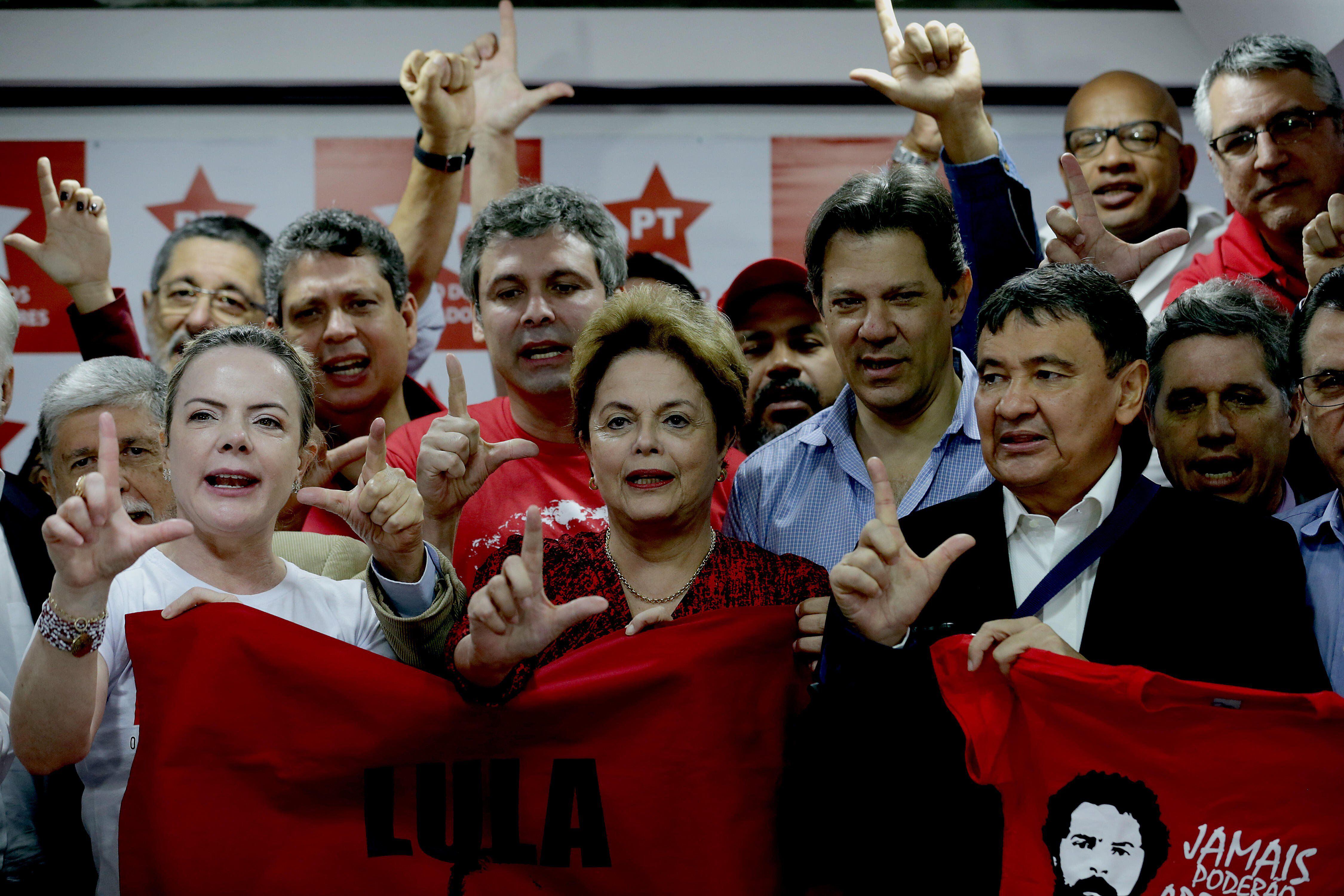The most recent Peruvian political crisis caused by Pedro Castillohis attempt to dissolve Congress and the response of the Legislative Branch to vacate it due to moral incapacity, invites us to look at other countries of the region.
READ ALSO: This is how Aldi Rizal, the baby who smoked 40 cigarettes a day, looks like today
Do the neighbors experience or have they experienced similar situations?
Although it is true that the closest scenario could be that of the Vice President of Argentina, Cristina Kirchner -condemned for corruption by a criminal court-, it is necessary to review history to find moments in which political leaders were dismissed or forced to resign.
The Ecuadorian analyst and executive director of the Citizenship and Development Foundation, Mauricio Alarcónrecalls the context of the dismissal of Abdala Bucaram. In February 1997, the president of Ecuador he was forced to leave office. “It is a case very similar to the Peruvian one because Congress tried to dismiss him for moral incapacity”, forward.
“Then there were allegations of corruption against officials, as well as relatives of Bucaram. But it was enough to see the Constitution to realize that there was no talk of moral incapacity, so the parliamentarians forced the idea and accused him of mental incapacity. And since in politics only votes are worth, his dismissal was officiated despite having no legal support”.
LOOK: More than 1,000 New York Times journalists on strike seeking better working conditions
The lack of Constitution it went unnoticed due to Bucaram’s great unpopularity. “He placed his brothers in various ministries and the situation was so critical that, a week after being elected, his eldest son threw a party inside a public airline plane.”.
Alarcón says that the glass overflowed when the president announced the Elimination of the gas subsidy for domestic use.
followed him in office Fabian Alarconadds the specialist, despite the fact that his rise to power was illegal -”the presidential succession at the hands of the vice president was not included in the Constitution”-. With that in mind, Alarcón called a referendum to ratify the dismissal of Bucaram and him in the position. “Both were confirmed with more than 55% of votes.”.
At the end of his term in 1998, Jamil Mahuad He took power.
The next big crisis happened in 2005, when the President Lucio Gutierrez he was removed from office.
MORE IN WORLD: Congress of the United States approves a law that shields gay marriage
Alarcón says that nepotism -“his sister and brother-in-law were involved in cases of corruption in the public service”- weakened him, but that the discredit was due to his attempts to clean up Bucaram.
He only lasted a little over two years in power.
“He fell when he decided to get his hands on justice to allow the return of bucaram. He endorsed with the majority of him and allies of the ‘bucaramato’ the dismissal of magistrates of the National Court of Justice, and appointed a friend of Bucaram’s for that position. As soon as he took office, he annulled the processes of the former president”.
In his case, says the analyst, there was no ‘impeachment’.
“Protests took place in the streets, called the rebellion of the outlaws, and Gutiérrez had to run away because the mob wanted to take over the Government Palace and kill him. He fled in a helicopter and the Congress ratified the abandonment of the position”.
LOOK: AMLO reiterates that Mexico is willing to offer political asylum to Pedro Castillo
Other corners of Latin America
Bolivia, in 2019, also went through a similar crisis.
Evo Morales He was running for a fourth presidential term, but he needed the support of the citizenry -through popular consultation- to enable his re-election. “In the midst of a strong social upheaval and accusations of fraud, he resigned and left the country”, notes AFP.
Who seized power was jeanine anezwho due to irregularities surrounding his ascent to the presidency was sentenced to ten years in prison.
In 2015, Guatemala lived a similar situation. Then Parliament stripped the immunity of the President Otto Perezwho was accused of directing a “system of corruption in customs”. The AFP agency recalls that, before being dismissed, he resigned.
This week, Perez was “sentenced to 16 years in prison”.
It is also recalled that, in June 2009, the Honduran President Manuel Zelaya he was arrested and expelled from the country. He was preparing a referendum to change the Constitution -one of the modifications would have allowed him to be reelected-.
AFP adds: “He too Venezuelan President Hugo Chavez was the target of a military coup in April 2002 in which he was arrested before returning to power two days later thanks to popular demonstrations”.
READ ALSO: Gustavo Petro says that Pedro Castillo allowed himself to be led to “a political and democratic suicide”
The power of the region
Brazil He also experienced, a few years ago, this type of political crisis. there is the President Dilma Rousseff, dismissed on August 31, 2016.
To understand this situation, we have to go back to 2013, he maintains. André Coelho Grisul, Professor of Political Science at the Federal University of Rio de Janeiro. Then there were demonstrations that rejected the bus fare increaseand the right and extreme right “used them to diminish Rousseff’s popularity”.
The following year, she ran for re-election, narrowly defeating Aecio Neves. “He did not accept the results and created a very serious problem, very similar to what happened in Peru with Keiko Fujimori”.
“From that moment, Rousseff began to lose the support of the Congress and the president of the Chamber of Deputies He did everything to hinder and prevent him from ruling. It was there that he Vice President, Michel Temercut relations with the Government and showed itself as the option to pacify the countryadds Coelho.
Without power and without the support of the citizenry, there were demonstrations against him and the process of ‘impeachment’.
Temer took over and tried to turn the government, which until then was center-left, to the right.
The thing is that, in 2017, Temer was accused of corruption and placing his close friends in certain ministries. Coelho explains: “But the difference with Rousseff is that he is a very skilled politician and he got a majority in Congress. There was more evidence against him than against the former president, but he controlled Parliament”.
According to AFP, on two occasions, Temer had the support of the deputies and avoided problems.
Before them, the one who also lived through turbulent moments was the president Fernando Color de Mello, who resigned in December 1992 after being investigated by the Senate for corruption.
In conclusion, Coelho proposes: “It is clear that presidents who do not get a majority in Congress and lose their coalition can fall. But unlike Peru where there is the figure of moral incapacityIn Brazil it is not so easy to remove a president. It only happens when they commit a crime”.
Source: Elcomercio
I am Jack Morton and I work in 24 News Recorder. I mostly cover world news and I have also authored 24 news recorder. I find this work highly interesting and it allows me to keep up with current events happening around the world.

:quality(75)/cloudfront-us-east-1.images.arcpublishing.com/elcomercio/Y35V66WCJVFABDNTLY3DDMVN3Y.JPG)






:quality(75)/cloudfront-us-east-1.images.arcpublishing.com/elcomercio/BNNM5PSDD5BORPCTJSI3DZOWKA.png)
:quality(75)/cloudfront-us-east-1.images.arcpublishing.com/elcomercio/QODBVL6FGRECJGATS3JAZSTXS4.jpg)
:quality(75)/cloudfront-us-east-1.images.arcpublishing.com/elcomercio/NEAFJ4AJ6ZGX7HS5LSP3UJSU74.jpg)
